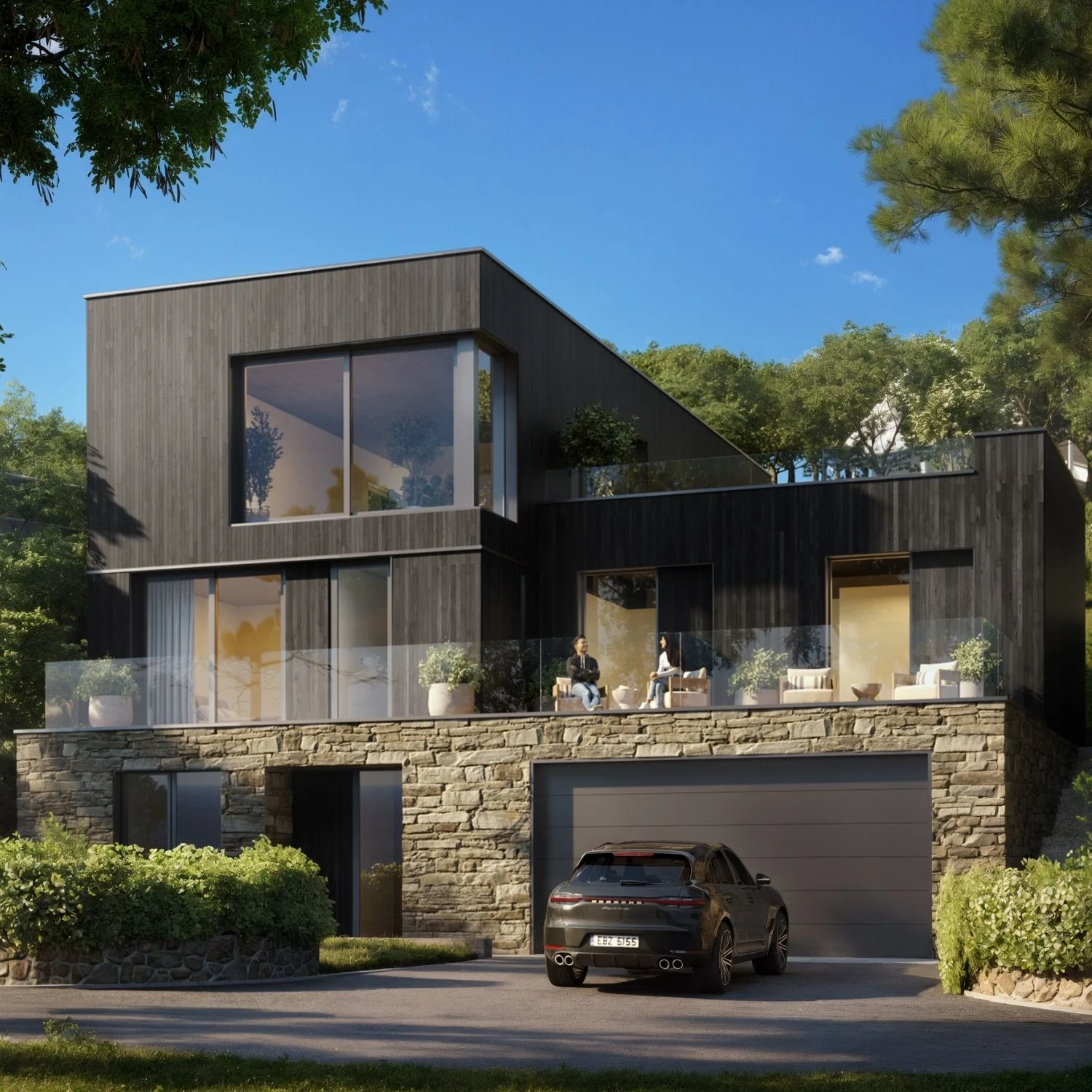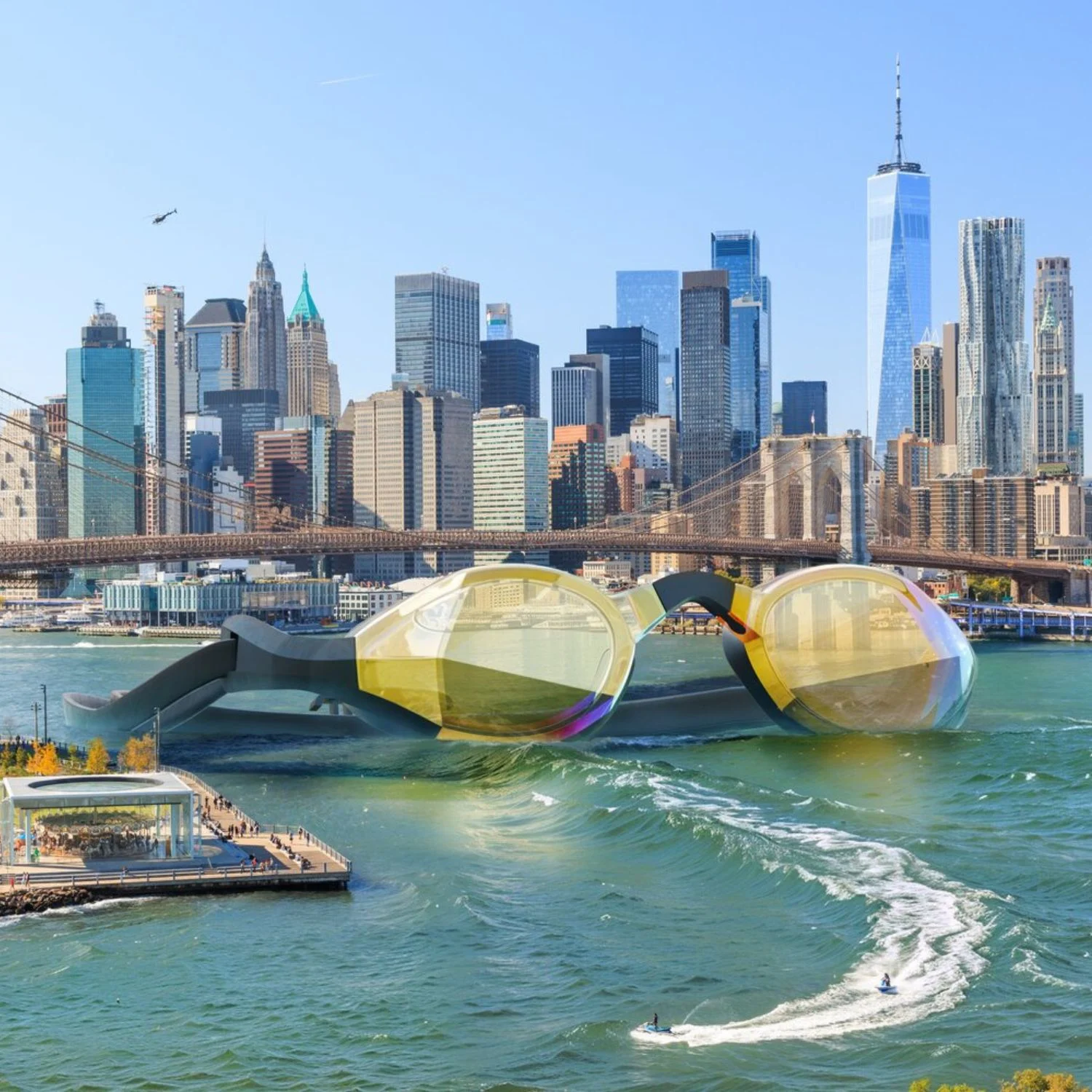Is 3D Animation the Key to More Effective Architectural Presentations?
Unlock the potential of 3D animation in architecture presentations. Explore the impact of 3D animation on effective visual communication.

In the world of architecture, designs begin as plans and sketches. They then take shape through the design process and finally become actual structures that impact our surroundings. However, there’s a crucial step in this journey: architectural presentations. These presentations turn ideas into visual stories that captivate clients, stakeholders, and builders.
Over time, architectural presentations have evolved significantly. Advancing technology and rising expectations for immersive experiences are driving this transformation.
This article explores a vital question: “Can 3D Animation Improve Architectural Presentations?” We’ll discover how 3D animation is changing the game. Plus, we’ll see how it’s enhancing creativity and engagement in architectural design. Let’s dive in!
Understanding 3D Animation in Architecture
3D animation is a powerful tool that can change how we show and experience architectural designs. To grasp its significance, let’s define what it is.
3D animation is all about making things move in a 3D space. It uses special software to create pictures that look like real buildings, rooms inside, landscapes, and how they all work together. These animations show how things move in the real world, like when you walk through a building. They also let you look at things from different angles, so it feels like you’re there.
3D architectural visualization helps architects turn their ideas into real buildings. It helps them see their designs in a super clear and creative way.

Varieties of 3D Animation Techniques for Architectural Presentations
Architects can use several types of 3D animation techniques for architectural presentations.
- Flythrough Animations: One of the most compelling techniques is flythrough animations. It offers a captivating perspective by virtually guiding viewers through the architectural space. This dynamic method provides a comprehensive understanding of the spatial layout.
- Walkthrough Simulations: This type of presentation lets people explore the inside of a building realistically. You can walk through rooms and hallways and imagine yourself being right there.
- 360-Degree Panoramas: 360-degree panoramas allow viewers to rotate the perspective in all directions. This technique provides a comprehensive view of both interior and exterior spaces.
- Augmented Reality (AR) and Virtual Reality (VR) Integration: AR and VR have changed how architects show their work. AR adds virtual architectural objects to the real world you see. VR puts you inside a computer-made world.
- Interior and Exterior Renderings: Detailed and crafted interior and exterior renderings focus on specific aspects of the architectural design. Interior renderings emphasize the interior spaces, showcasing furnishings, lighting, and decor elements. Exterior renderings, on the other hand, highlight the building’s facade and landscaping.

Advantages of 3D Animation in Architectural Presentations
Do you know what’s impressive about incorporating 3D animation into architectural presentations? It brings a whole bunch of incredible benefits. These can take the entire experience to the next level for architects and clients alike.
Enhanced Visualization and Realism:
Picture this: Instead of just looking at boring 2D drawings, your designs come alive in mind-blowing 3D animation. It’s a game-changer! It’s like stepping into a new world where everything looks real.
And you know what? Clients get excited because they can see the final result and give feedback that counts.
Improved Communication and Engagement:
Architecture can get pretty technical sometimes. It can be challenging for non-architects to grasp all the terminology. But with 3D animation solutions, architects can communicate their design concepts in a much more captivating way. Those stunning visuals and realistic animations make it easier for clients to get what’s happening. It’s like watching a movie about your dream home or workspace.
Streamlined Design Review Processes:
One of the most useful things about 3D animation in architecture is that it makes the design review process easier. Furthermore, it plays a significant role in creating a smoother experience.
Do you know why? Because you can spot any flaws or areas for improvement faster when you see it all in 3D. And because clients can better grasp the design, their feedback is more on point. This means you can make changes and decisions like lightning and keep the whole project on track.

Who benefits from architectural 3D animation, and how?
One of the primary beneficiaries of 3D animation in architecture is the architects themselves. With the help of 3D rendering, architects can bring their designs to life. Present them appealingly and realistically.
Clients also benefit from architectural 3D animation. By providing clients with a 3D virtual tour, 3D animation allows them to understand what the final product will look like. This helps users make informed decisions and provides them with a sense of confidence in their investment.
Additionally, 3D animation enables clients to explore different design options. Make changes per their preferences, ensuring the result aligns with their vision.
Contractors and builders also take advantage of architectural 3D animation. With a thorough project representation, contractors can determine how much money and resources they’ll need for construction. It helps to minimize errors and delays during the construction process.
Real estate developers find architectural 3D animation invaluable in promoting their projects. By showcasing 3D walkthroughs, developers can attract potential buyers and investors. Animations effectively communicate the unique features and selling points of the property.
Case Study: Illustrating the Impact of 3D Animation in Architectural Presentations
Let’s discover a fascinating construction project showcasing how impactful 3D animation can be in architectural design.
PIXREADY collaborated with a visionary Canadian architect.
The Challenge: Our task was to make the architect’s unique style come alive with realistic 3D and flythrough animations. The 3D artists wanted to show the design idea well and make you feel what the space would be like.
Introducing 3D Animation: Because regular ways of presentation had limitations, the architect decided to use 3D animation. They did this to make an immersive way of showing things to people. The 3D animation team collaborated closely with the architect to breathe life into the design. They added textures, lighting effects, and even a bird’s-eye view to enhance the presentation.
The Impact: The architect now had a powerful tool to convey his design philosophy, inspiring new clients and projects.
The level of realism and visual storytelling was something he had never seen before. He could stroll through the virtual spaces, explore different rooms, and experience the ambiance of the design. The created emotional connection invoked a sense of excitement and engagement in the project.
The Result: The integration of 3D animation in the architectural presentation of the project showed remarkable results. Cooperation with the architectural animation service convinced the client to proceed with the project.
The Future of Architectural Presentations
The future of architectural presentations is exciting. 3D animation plays a crucial role in its evolution. We expect to see more realistic and immersive 3D animations as technology advances.
3D animation will offer endless possibilities for innovation. Architects will be able to create animations that are not only visually stunning but also highly informative.
Conclusion
In architectural presentations, 3D animation isn’t just a tool; it’s a game-changer. It breaks barriers, letting architects bring their visions to life and captivate audiences like never before.
3D animation services create immersive experiences by fusing creativity and technology, allowing viewers to interact with architectural designs. It’s not merely about aesthetics; it’s about forging deep connections between ideas and reality.
So, architects, animators, and innovators, it’s time to embrace the power of this innovative technology. Let’s turn visions into virtual realities, making architectural presentations effective and unforgettable. The future of architecture is in motion—let’s bring it to life, one animation at a time.
Ready to transform your architectural presentations? Start animating your visions today!
Contact PIXREADY now for a consultation and discover the future of architectural communication.
.png)
Founded by a group of technology, architecture, and design professionals in 2018, PIXREADY is one of the challengers empowering the 3D visualization industry and making its products and services more affordable.We are determined to assist businesses around the world to create photorealistic images of their products and ideas and enrich the experience of their clients. We focus on the details, with the highest precision in every pixel.
Latest Posts
STAY UPDATED
Get occasional emails with 3D visualization news and insights


%20%D0%BA%D0%BE%D0%BF%D1%96%D1%8F.webp)